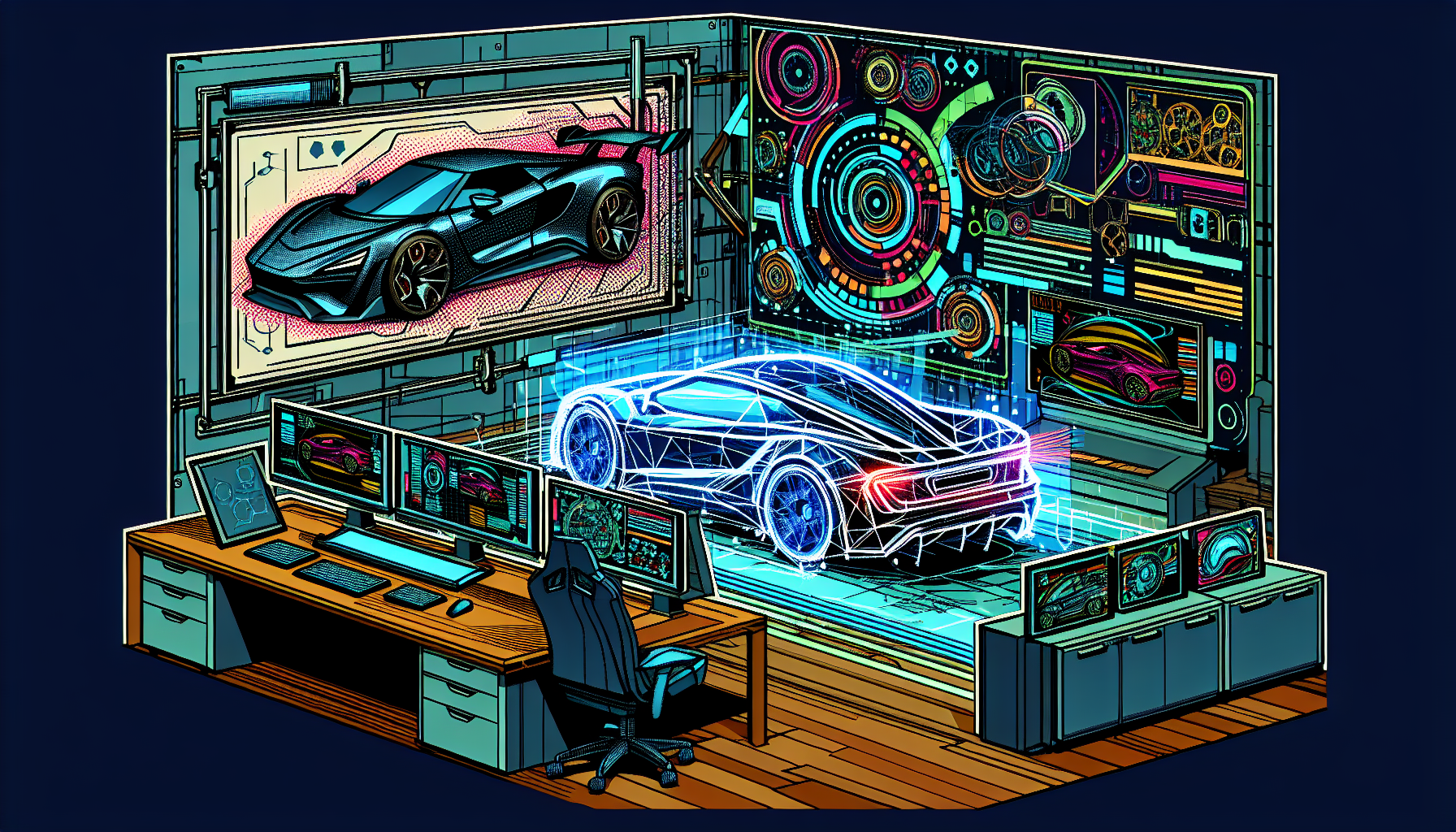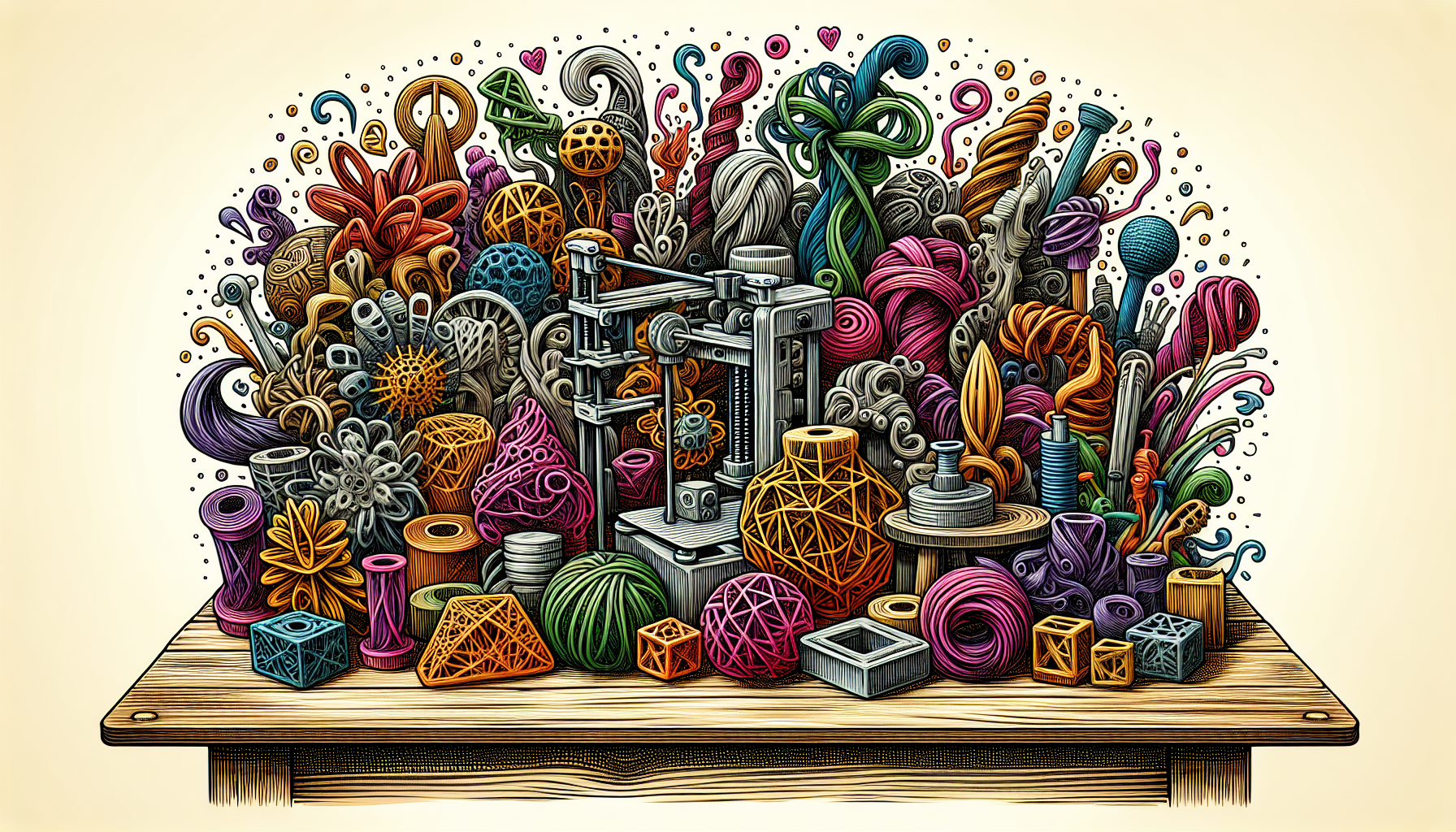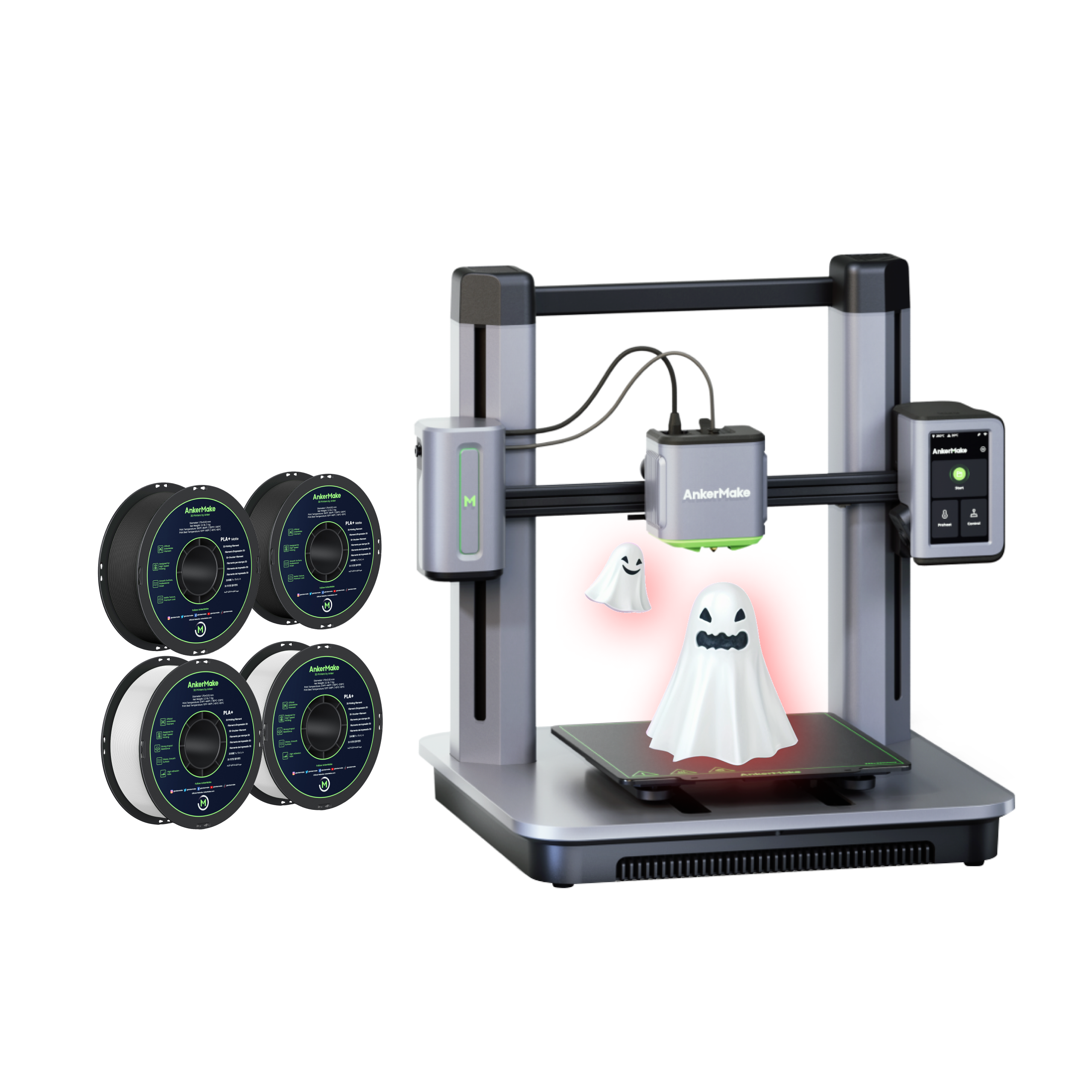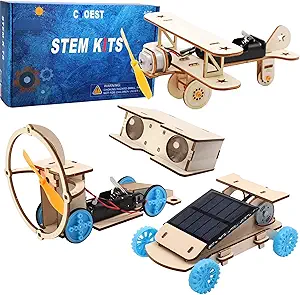In an era where technology races ever-faster toward the future, car design is getting a significant upgrade from an unexpected source: an open-source initiative from MIT called DrivAerNet++. This innovative toolkit is capable of reshaping how we conceive the very vehicles that propel us forward. In a digital landscape where data is the new currency, the potential implications for innovation are exciting, to say the least.
A Glimpse into DrivAerNet++
DrivAerNet++ is a groundbreaking collection from MIT, boasting over 8,000 distinct car designs. These aren’t just static blueprints; this resource includes parametric outlines and extensive data forms such as point clouds, 3D mesh configurations, and volumetric fields. With surface fields, streamlines, and part annotations, it represents the pinnacle of automotive design data. Can you imagine scrolling through thousands of designs right at your fingertips?
But why is aerodynamics, an admittedly niche subject, so deeply integrated into this initiative? Simple. Aerodynamic efficiency is key to modern car design, influencing everything from fuel consumption to overall vehicle performance. The intricate capture of aerodynamic phenomena in DrivAerNet++ enables designers to visually and mathematically parse airflow around vehicles. This ultimately inspires more streamlined and energy-efficient auto innovations, which is something I find truly fascinating.
How MIT Powers This Tech Marvel
How does MIT amass such a detailed and extensive body of work? The approach is fascinating in its complexity. The resource arises from morphing operations applied to baseline models, essentially ‘breeding’ new variations through computational fluid dynamics simulations dedicated to aerodynamics analysis. I can’t help but admire the dedication behind this process, which consumed over 3 million CPU hours and resulted in 39 terabytes of meticulously processed data. Those figures even rival the entire printed collection of the Library of Congress; imagine that!
This dedication to computational excellence offers a world of potential, not just for designers but for a broader array of engineering challenges. The technology behind this tool isn’t just for vehicles; it could redefine design and efficiency approaches in fields as varied as aerospace and architecture. It embodies the very notion of harnessing digital tools to stretch the boundaries of what we can achieve.
Revolutionizing Design Practices
With such a vast trove of information available now, the possibilities for the industry are as extensive as the findings within DrivAerNet++. Picture a future where the typical slog of prototyping design iterations happens at lightning speed with just a few clicks of AI-enhanced software. Wouldn’t that be a game changer? Rapid iterations powered by resources like DrivAerNet++ could bring concepts from vision to reality much faster.
| Advantages | Description |
|---|---|
| Speed up prototyping cycles | Achieve design iterations much quicker |
| Enhance vehicle quality | Improved precision in design accuracy |
| Promote sustainability in production | Reduce waste through efficient design processes |
This potential acceleration in design and testing cycles not only saves time but also enhances the quality and sustainability of the vehicles produced. And let’s be honest, isn’t it appealing to think about how we could create vehicles that are both efficient and environmentally friendly?
The fact that DrivAerNet++ is open-source amplifies its revolutionary promise. Now, talent pools from everywhere can test, refine, and ingeniously improve upon the shared data. This democratization of design data fosters a global community of automotive enthusiasts and professionals committed to pushing the envelope of what’s possible. It really feels as if we’re standing at the precipice of a new frontier, doesn’t it?
Dreaming of Tomorrow’s Designs
The introduction of DrivAerNet++ has sparked excitement among industry insiders and academics alike. This resource begs for exploration, sparking ideas of machine learning advancements and futuristic design methodologies. Some enthusiasts envision using it for generative design—allowing algorithms to independently create revolutionary car designs—or feeding it into AI models to predict and enhance real-world performance.
As Mohamed Elrefaie, an MIT graduate involved in the project, notes, this initiative could lay the groundwork for the next generation of AI-enhanced engineering. The support from the academic and scientific community makes the potential for breakthroughs in technology seem nearly limitless.
Come Join the Journey
The journey with DrivAerNet++ is just beginning. It serves as an open invitation to engineers, designers, and tech enthusiasts globally: Dive in, explore, and build on this foundation. With the right spark and tools, reimagining the vehicles of tomorrow is just a step away. As technology continues to evolve, sharing knowledge and resources becomes ever more critical, especially when it holds the promise of driving—quite literally—the future of design.










